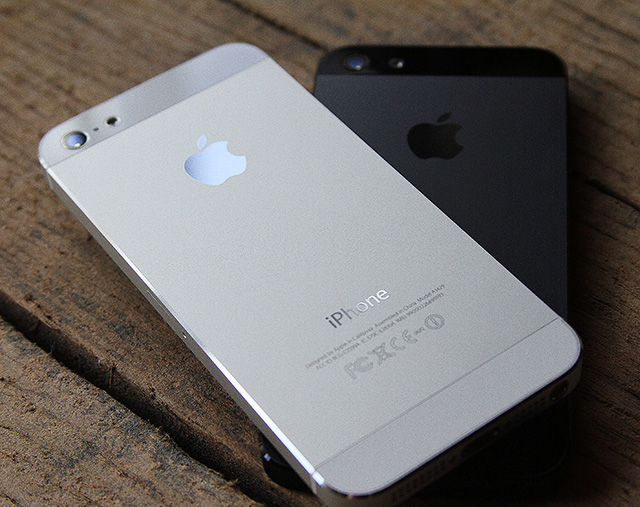One of biggest new features Apple showcased at its iPad announcement yesterday was the addition of 4G LTE connectivity. If the new iPad can make use of AT&T and Verizon’s growing next-generation cellular networks, it’s a fair bet the next iPhone will include that technology as well.
The new iPad is the first iOS device to carry 4G LTE connectivity, but while the technology is fairly young, it’s not new. In the U.S., Verizon, Sprint and AT&T are all working feverishly to build 4G networks to usher in the next generation of wireless technology. And 4G LTE connectivity is a pretty fair step forward from 3G: Verizon has said its 4G download speeds can reach between 5 and 12 megabits-per-second, while 3G clocks in a lot closer to 2Mbps.
It would seem rather strange that Apple would add 4G LTE technology to the iPad without bringing it to the iPhone as well. Apple is notoriously cautious about new technologies and slow to adopt them, often waiting for those advancements to take hold and be well-tested before adding them to its products. The transition of the iPhone to 3G, for example, happened well after 3G technology was available for other devices. And indeed, several devices running on Google’s competitive Android platform are already 4G-capable.
So a transition to 4G for one Apple device pretty well signals that the company is on board with its capabilities, even as carriers continue to work on building their networks. Verizon recently added some 35 new markets to its network, and intends to have 260 covered by 4G capability by next year. Big cities are gaining the technology first, with rural areas catching up a little more slowly.
The addition of 4G LTE service isn’t a silver bullet for fast data speeds, however. Earlier this year, Verizon’s 4G network suffered several major outages, causing the service to disappear for many users. There are also plenty of markets even on the largest 4G networks that aren’t covered at all, so owning a 4G LTE iPhone or iPad makes little or no difference – those people are stuck with 3G or worse.
And even the term “4G” doesn’t necessarily have a unified meaning. Apple rolled out an update to iOS 5.1 Wednesday alongside the new iPad announcement, and baked into that update is a small but significant change for iPhone 4S users on AT&T’s network. The iPhone 4S is capable of using HSPA+ technology through AT&T, and the carrier has taken to calling that tech “4G,” even though it really is more like an enhanced version of the current 3G tech (and not nearly as fast as what’s widely considered 4G in the current market). Still, iPhone 4S users on AT&T will notice that after updating to iOS 5.1, their phones say “4G” on the status bar when they connect to the cellular data network, rather than “3G,” as the phones read on Tuesday.
Still, an iPhone 5 with real-deal 4G LTE technology will be a significant step forward for Apple users, and a big boost in cellular data speeds when doing all kinds of mobile tasks and actions. It won’t mean that streaming videos over the cell network is a great idea yet, but gaming, web surfing and a host of other things will be significantly improved. It’s a good reason for iPhone fans to get excited for what’s coming this summer.













